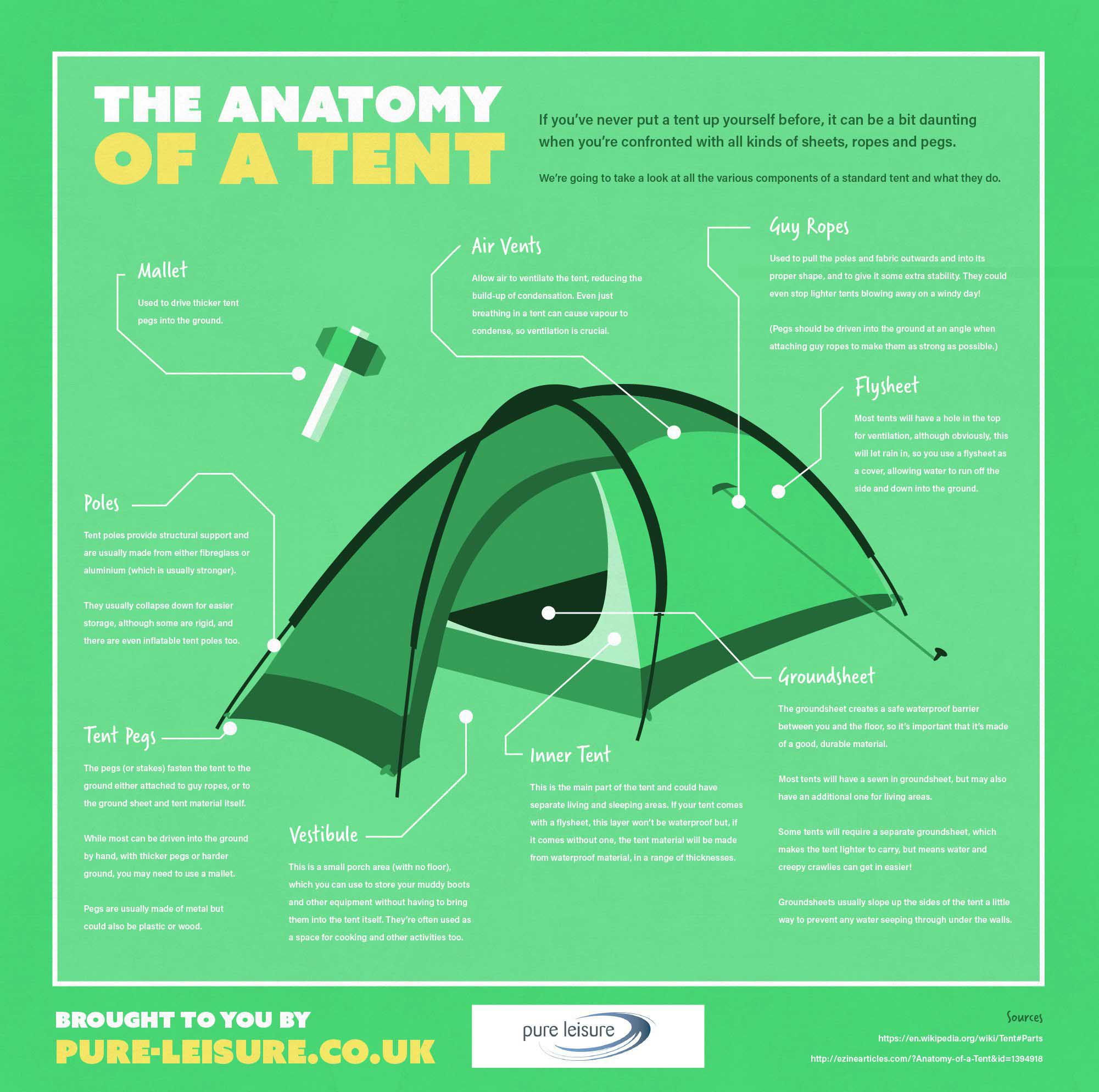For ounce counters, risks are a prime area to economize. Many stake collections feature a things sack that makes them simple to pack and protect.
They can quickly pass through softer, sandy soils and want duff but deal with rough terrain. Their blunt ends take advantage of using a club.
Hook Risks
Basically long needles with a point on one end and a flattened head at the other, pin risks are straightforward but efficient. They work well in difficult ground where it's hard to drive in longer risks and do especially good work in rough surface, as the tip can work its method between hidden rocks. Some variations (like Sea to Top's Ground Control stakes) have 3 notches for individual lines, which decrease utilize and boost holding power.
A common alternative to shepherd's hook stakes, plastic utility stakes generally have a Y-shaped shaft that won't twist in the soil and tend to be longer than hook stakes. They're strong and durable enough for moderate use, though they are brittle if you try to hammer them into rock or tough dirt. They additionally require to be tilted completely to stop the individual line from slipping off if it ends up being relaxed with time (looping it around the shaft twice can help). Length: Longer stakes compact soil over a greater deepness and quantity, which can raise overall frictional resistance.
Nail/Pin Stakes
Toenail risks have a pencil factor for simple driving into clay, rock, or compacted soil. These stakes are also more durable than timber risks and do not splinter. They are commonly used in construction, fencing, and erosion control projects.
These stakes have 12 spirally arranged toenailing holes one inch on center supplying each risk with 24 prelocated nail entry points making them easy to use and quick to mount. This nailing style eliminates splitting, turning and splintering enhancing worker security and eliminating lost labor time.
They are frequently used in concrete developing to protect lumber or metal concrete kinds and in flatwork applications. They are also a prominent selection for attaching screed bar holder clamps in flatwork ending up, string line guides, protecting landscape lumbers canvas satchel and evaluating stakes. They are made from cold rolled U.S. made device steel for extra stamina and longevity. They have an ordinary life 2 to 3 times that of rivals hot rolled stakes.
V Stakes
Several outdoor tents stake styles exist, varying from simple light weight aluminum and titanium rounded stakes to carbon-fibre ones designed for a variety of surface. Selecting the appropriate risks depends upon tent type, camp website area and ground density.
As any type of risk is driven into the ground, it displaces some dirt along its size. The displaced soil compacts the soil quickly beside the stake and aids to enhance its strength.
Risks with a v-shaped cross section (like MSR's Ground Hog Y risks or Sierra Styles FL stakes) are more long lasting than hook stakes without including much weight, and they also have a hassle-free notch for the man line. However, they might lack as much holding power in hard or rough ground. In such cases, angling the risk more detailed to vertical can aid. This takes full advantage of the chance that a drawing force will certainly get to compacted layers of soil, boosting the stake's resistance to being taken out. Likewise, longer stakes pass through deeper right into the soil and boost total compaction.
Deck Stakes
Basically a thicker Y-peg, these risks use an added flange to increase area and improve holding power. While a great alternative in loose and sandy substrates, they do disturb more dirt on insertion than less complicated shapes. This can decrease holding power in hard, thick ground - yet it's still a better choice than nails or pins.
A variation on the Y-stake, these risks have three notches for guy lines to help in reducing utilize and can be helpful in difficult and rough ground. They also have a tendency to be brief and light, making them a wonderful choice for backpacking in rocky surface. The Sierra Layouts Ground Control stakes are an example of this type, though there are numerous others on the marketplace.
Like other risks that do not have a hook or man line notch, these will need to be angled completely to prevent the line from slipping off (as can occur if the line comes to be slack). Looping the line twice around the shaft can assist.
